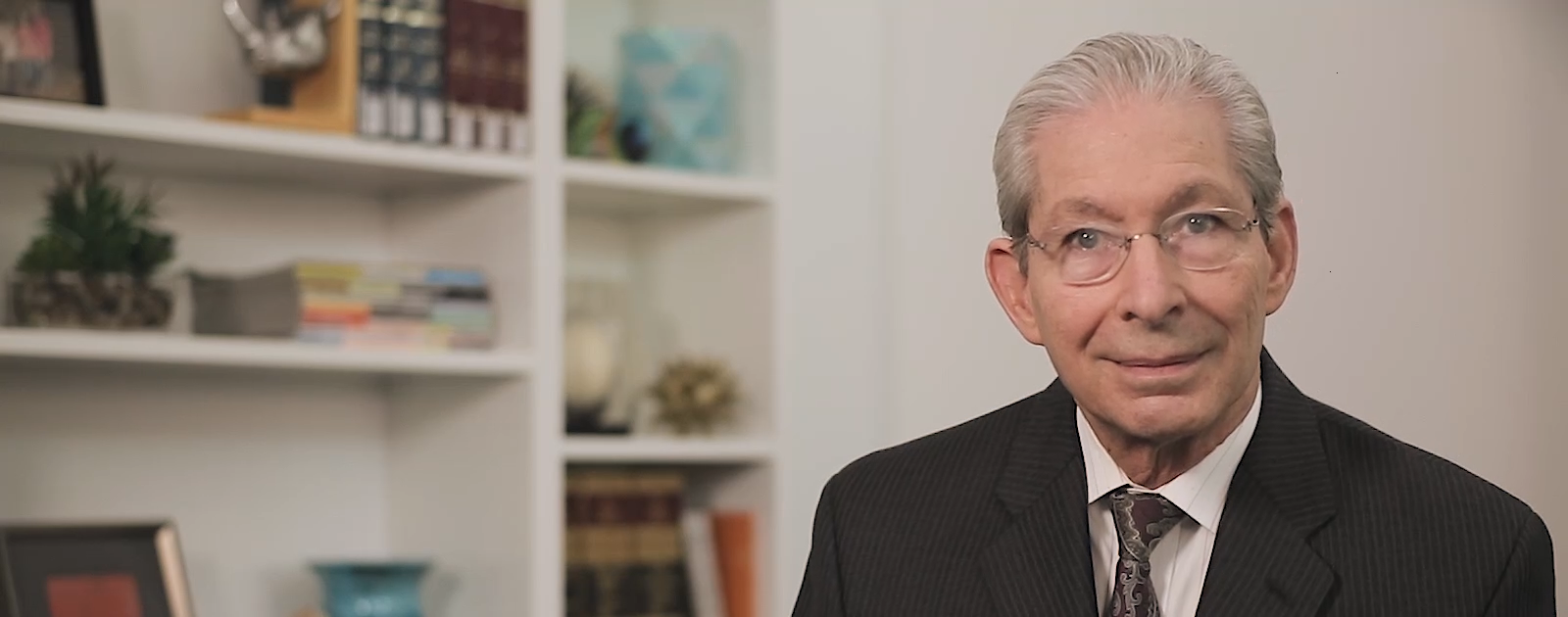 Equitable liens are judicially imposed against property in the absence of any statutory or contractual basis for the creation of a lien. These liens arise in a number of different situations, but the below discussion is limited to situations involving construction financing. In this context, the project has gone awry and the construction lender may be pitted against two distinct sets of potential claimants: contractors or subcontractors furnishing labor or materials to the project and contract purchasers of improvements being constructed on the project. In almost all of these cases, the builder/developer has failed, become bankrupt, or disappeared; and the only source of recovery for a contractor or contract purchaser is the project or the construction lender.
Equitable liens are judicially imposed against property in the absence of any statutory or contractual basis for the creation of a lien. These liens arise in a number of different situations, but the below discussion is limited to situations involving construction financing. In this context, the project has gone awry and the construction lender may be pitted against two distinct sets of potential claimants: contractors or subcontractors furnishing labor or materials to the project and contract purchasers of improvements being constructed on the project. In almost all of these cases, the builder/developer has failed, become bankrupt, or disappeared; and the only source of recovery for a contractor or contract purchaser is the project or the construction lender.
Equitable lien claims are typically based on theories of either equitable estoppel or unjust enrichment. An equitable estoppel claim is predicated on some unsavory action by the construction lender while an unjust enrichment claim is grounded in a lender being inappropriately benefited as a result of the activities of the claimant to the detriment of such claimant. Whatever the theory, because the basis for recovery lies in equity, the claimant has to be without an adequate traditional legal remedy in order to prevail.
Click here to read the full article published by The Florida Bar Journal.
